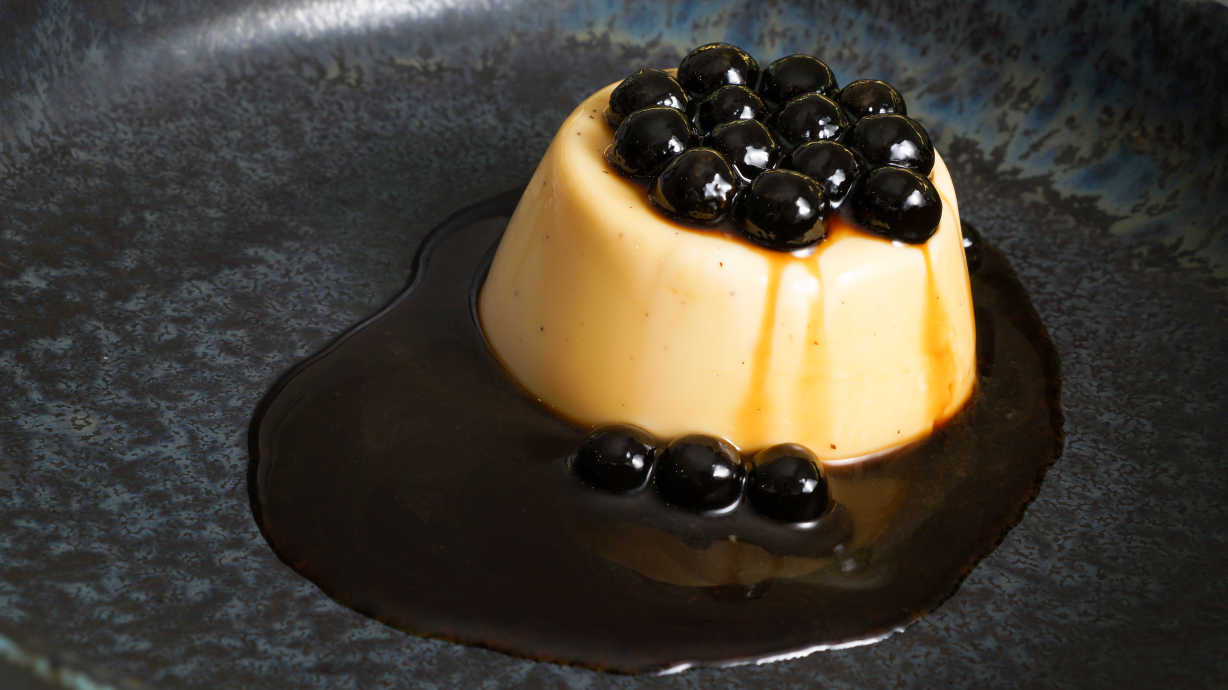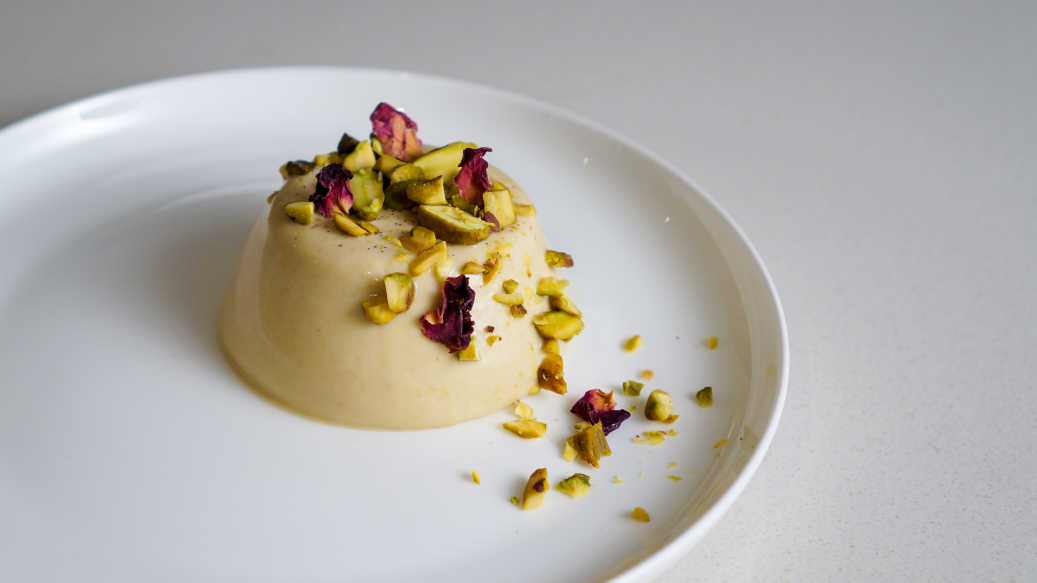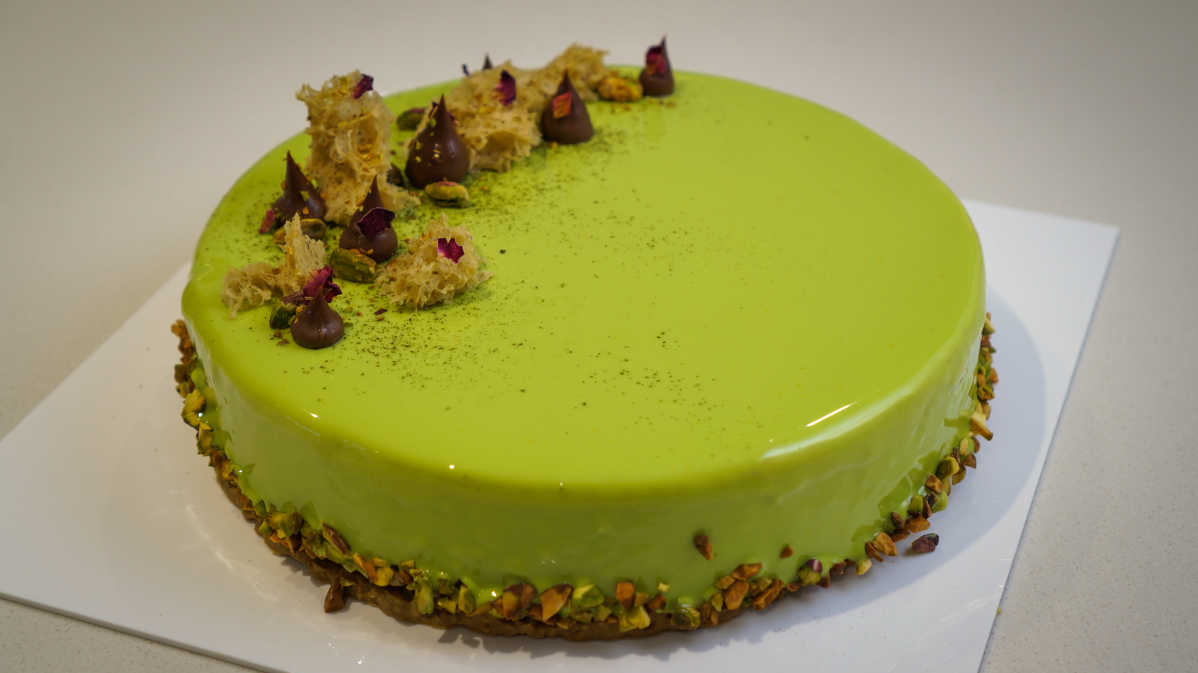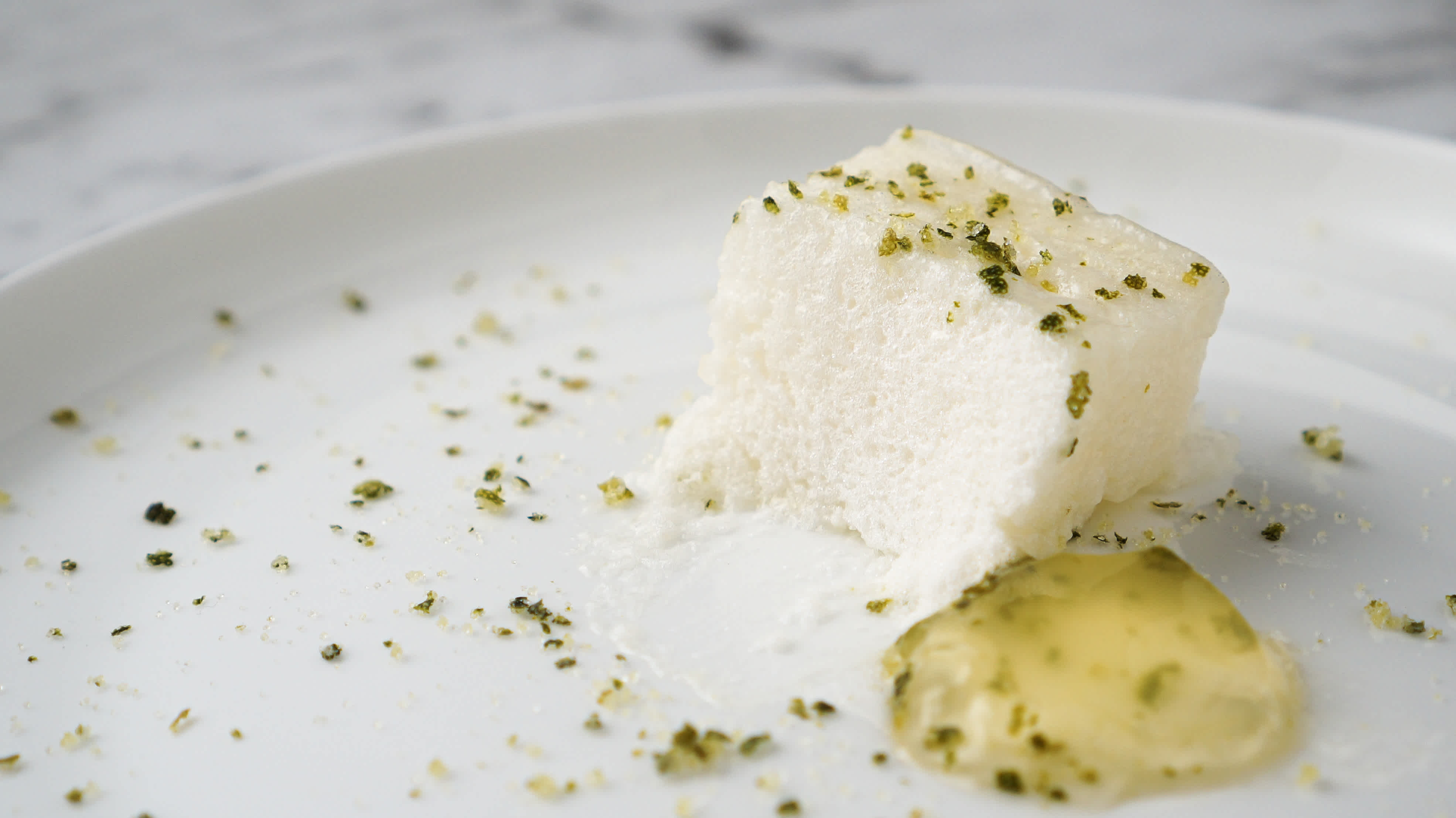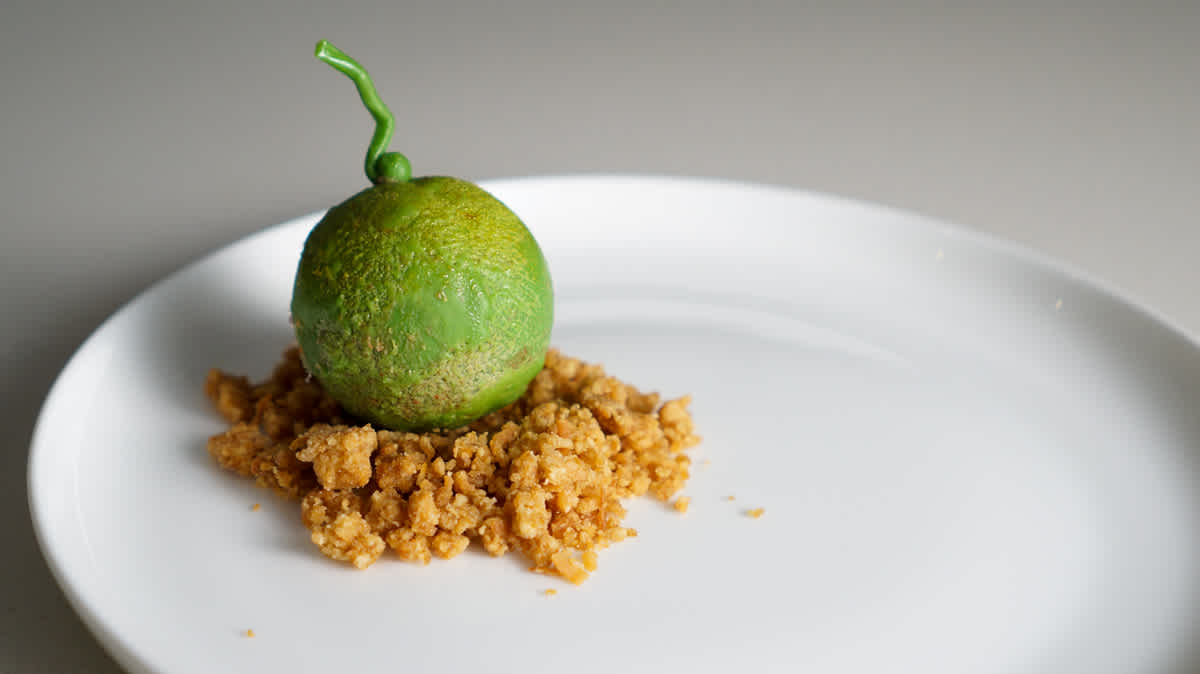Not all gelatin are equal, convert to any type [includes Calculator]
![Not all gelatin are equal, convert to any type [includes Calculator]](http://images.ctfassets.net/mtnlzqlt7vgo/10b09YMBTlR00z5mOoNRIy/26661456ebf84f8ca150f80a8ef31a88/DSC04537.jpg?w=3878&h=2179&fl=progressive&q=50&fm=jpg)
Published: April 27th, 2020 | Last Updated: January 19th, 2023
There are so many good recipes out there that require the use of gelatin (or “gelatine” in UK English). However, they all use different types of gelatin and most of us only have one or a couple on hand. Luckily, we can substitute any type of gelatin for another type by converting one amount to another.
There are many sources out there that make this conversion process more complex than it needs to be. You’ll often find other sources which talk about bloom strength of each of the different gelatin leaf varieties and they often have a confusing looking formula, which is inconsistent from site-to-site.
We should spend less time fiddling with formulas and more time cooking. That’s why we created this handy gelatin conversion calculator for you to save time.
Using gelatin requires precision. Too much and you’ll end up with a piece of rubber. Too little, and you’re left with a puddle. Using the precise amount is the key to achieving the perfect wobble of a pannacotta, a smooth and silky mirror glaze that cuts cleanly or an airy and light mousse. If you don’t apply the conversion formulas correctly, you could end up in trouble.
What are the different types/forms of gelatin?
There are different types and forms of gelatin: “gelatin powder”, “gelatin mass” or “gelatine leaves/sheets”. They are not the same and require different amounts, are prepared differently and have various advantages and disadvantages.
Gelatin Powder
Gelatin powder needs to be bloomed or hydrated in water before using. Hydrating the powder will ensure the gelatin will completely dissolve.
Gelatin Mass
Gelatin mass is the product of hydrating the gelatin powder in water.
How to make gelatin mass
To make gelatin mass, combine the water and gelatin powder in a bowl and heat over a bain-marie and mix until the gelatin is dissolved. Then allow the mixture to set in the fridge. The mass is heated over a bain-marie to avoid overheating the gelatin which will affect its setting power.
The ratio for gelatin mass may vary across recipes. A good default to assume is 1 part gelatin powder to 5 parts water. For example, to make 60g of gelatin mass you will need 10 grams of gelatin powder and 50 grams of water.
What are the benefits of using gelatin mass?
Using gelatin mass can be beneficial for large productions as it can be prepared in bulk and in advance. Furthermore, users of gelatin mass have precise control of the water content which could vary when using gelatin leaves which will affect the consistency of recipes.
Gelatin Leaves
Leaves and sheets allow you to use gelatin without needing a precise scale to measure. They need to be soaked in cold water, squeezed to remove the excess water and then melted into the mixture to be set.
How to use gelatin leaves
To use gelatin leaves, soak each sheet in cold water for at least 5 minutes to allow them to hydrate. Then squeeze the excess moisture out of the leaves and dissolve into your warm mixture.
We use cold water to prevent the gelatin from dissolving. Make sure to place each sheet in the water one at a time so that there is water in between each sheet to allow them to fully hydrate.
Gelatin Leaf Types
There are 5 different popular types of gelatine leaves: titanium, bronze, silver, gold and platinum. Each leaf has a different weight and bloom strength. Gelatin leaves with higher bloom strengths will set firmer.
- Titanium Gelatin leaves have a bloom strength of 100 and weigh 5 grams.
- Bronze Gelatin leaves have a bloom strength of 125 and weigh 3.3 grams.
- Silver Gelatin leaves have a bloom strength of 160 and weigh 2.5 grams.
- Gold Gelatin leaves have a bloom strength of 200 and weigh 2 grams.
- Platinum Gelatin leaves have a bloom strength of 250 and weigh 1.7 grams.
What are the benefits of using gelatin leaves?
Many professionals use gelatin leaves because they set clearer and impart less flavour and odour on the final dish. Using leaves also ensures that there will be no undissolved gelatin granules allowing for a smoother consistency. Another reason to use leaves instead of powders is because counting leaves can be more convenient than measuring the weight of powder.
The simple way to convert gelatin leaves
There are actually many different conversion formulas scattered over the internet but according to gelatin manufacturers it’s actually quite simple. To convert gelatin leaves, you just need to use the same amount of leaves of whatever type you have. So if a recipe calls for 2 sheets of gold gelatin, that’s equivalent to 2 sheets of titanium, silver, bronze or platinum.
The ratio from converting one gelatin leaf to another type is one-to-one. The different types of gelatine leaves have different strengths but also have different weights which are adjusted to ensure that each type of sheet is equivalent and interchangeable.
Is it really that simple? Why do all these formulas exist?
Leaf conversion is simple when you use leaves from a trustworthy and reputable manufacturer who adheres to the standard. However, even between these manufacturers, there are some inconsistencies in the strengths of each leaf. Using a formula means that you can convert any type of gelatin as long as you know the bloom strength of what you’re converting to and from.
Furthermore, formulas exist because some recipes rely on the weight of gelatin leaves instead of the number of leaves.
How do I convert gelatin leaves if the recipe doesn't say which type?
Sometimes recipe writers provide the weight of the gelatin leaves without specifying which type. Unfortunately, there is no sure fire way to convert gelatin leaves if the recipe doesn't say which type.
Some options to confirm the type of gelatin for a recipe include:
- Contacting the recipe writer to ask which type of leaves they used. For example, Cacao Barry (chocolate brand site with many recipes) confirmed they used gold gelatin leaves in their recipes after I contacted them via social media.
- Trial-and-error. Assume the recipe is using the type of leaf you have. Adjust depending on the texture.
- Find another recipe from the writer that includes the type and assume that type
- Assume what's most commonly used in the demographic of the recipe writer. For example, in professional European kitchens, bronze leaves are commonly used.
How to convert between gelatin leaves and gelatine mass
Converting between gelatin leaf and gelatine mass will depend on the stiffness of the gelatine mass which is determined by the bloom strength of the gelatin powder and the ratio of gelatin powder to water.
Using 1 gold leaf is equivalent to using 12g of gelatin mass, where the mass is made with 2g gelatin powder (200 bloom strength) and 10g water. For example, 42 grams of gelatin mass converts to 3.5 gold leaves. Scroll down further for our handy calculator to do this calculation for you.
According to Cedric Grolet's Fruits book (in the coconut entremets section), he equates 1.5 gelatin leaves (of any leaf) to 3.5g gelatin powder mixed with 15g water (18.5g gelatin mass). This ratio is 1 sheet for every 12.33g gelatin mass.
How to convert from gelatin leaf to gelatine powder
Converting between gelatin leaves and gelatine powder depends on how the gelatin powder is used. If the gelatin powder is used by making gelatin mass, then make the gelatin mass and use the instructions above. If using the gelatin powder directly, then the conversion depends on the other liquids used in the recipe. The general rule of thumb is to use 1 gold leaf per 2g of gelatine powder.
Useful tools for working with Gelatin
High Precision Weight Scale
Working with gelatin requires precision to obtain the most pleasant and consistent textures. A few grams could make a big difference. When working with gelatin, especially in the domestic environment using smaller amounts, accuracy is required, which is why we recommend this affordable high precision weight scale. This high precision scale can detect the minor weight changes (in increments as little as 0.01 grams) which is useful for measure gelatin powder, gelatin mass or gelatin sheets.
Precision weight scales are also useful in other recipes that require using small ingredient amounts such as recipes using powders, thickeners and stabilisers. They are also useful for measuring the precise amount of salt.
*Note: We earn a small commission for the links above at no extra cost to you. The commissions help contribute to keep the site running.
Gelatin Conversion Calculator
leaf/leaves
(Bloom strength: 200)
=
grams
(Bloom strength: 160)
Did you find this calculator useful? If so, you may also enjoy our other tools and calculators.
Comments
Let us If you found this calculator useful or if there is a particular conversion that is missing. We read all the comments and we are constantly improving our tools and calculators to help our fellow dessertisans create!
Recipes using Gelatin
Now that you know how to convert gelatin, you're ready to make panna cottas with the perfect wobble, mousses that hold their shape from a mold and the perfect glaze for an entremet mousse cake. Here are some of our favourite recipes that use gelatin.
The importance of precision
When it comes to gelatin desserts, precision is key. If not using a specified number of leaves, gelatin must be used in the correct amounts in grams. A precision weight scale is an essential tool for measuring ingredients accurately and ensuring you don't end up with a gloopy mess (it has happened to us!)
Our favorite precision weight scale is the KitchenTour Digital Kitchen Scale - 500g/0.01g. It's easy to use, has a large, easy-to-read display, and can weigh up to 500 grams with precise increments of 0.01 grams. It has a large clear surface that is free from obstructions, a tare function and is inexpensive. It also uses the common AAA batteries which makes them easier to replace once the batteries run out. This is a great tool to add to your equipment and can also be used for other precision measurements such as salt, stabilising powders, citric acid, baking powder, food colouring and more! Click here to purchase on Amazon.
The right mould for the job
Another important tool for making perfect gelatin desserts is the right mold. Dariole molds are perfect for making individual portions of the iconic gelatin dessert: panna cotta. They come in a variety of shapes and sizes. They are also perfect for making other desserts like, crème caramel, and bavarois.
Our favorite dariole molds are the Symphonyw Dariole Molds. They are the perfect shape and size for your panna cottas. Click here to purchase on Amazon
